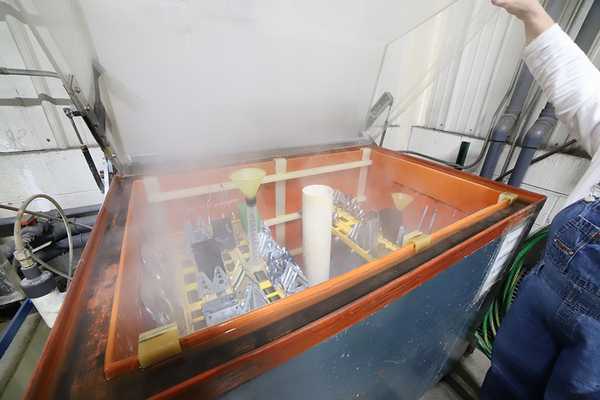- Qinsun Instruments Co., Ltd.
- Tell:+86-21-6780 0179
- Phone:+86-17740808215
- Address:No. 2578 Minhang District Gu Dai Road, Shanghai
- Contact:Mr. Li
- QQ:846490659
How to deal with laboratory waste liquid?

1、 Definition of waste liquid:
1. Expired drugs, experimental discarded high concentration solutions, standard solutions, and improperly prepared solutions.
2. Waste chemical solutions excluded during the use of testing instruments.
2、 Laboratory waste liquid treatment:
1. Purpose: To prevent the spread of drug contamination in the laboratory.
2. Scope of application: Waste and waste liquid generated during production and inspection processes.
3. Responsibility and supervision: The laboratory operators shall implement this management system, and the supervisor shall be responsible for supervising the implementation of this system.
3、 General principles for laboratory treatment of waste liquids:
When it is proven that the concentration of waste liquid is relatively low and safe, it can be discharged into the drainage ditch.
2. Concentrate the waste liquid as much as possible to reduce its volume, isolate and store it in a safe place, and dispose of it.
3. Use methods such as distillation, filtration, and adsorption to separate hazardous materials and only discard the safe parts.
4. Regardless of liquid or solid, anything that can be safely burned should be burned, but the quantity should not be too large. During combustion, do not leave harmful gases or residues. If it cannot be burned, choose a safe place for landfill and do not expose it to the ground.
5. Generally, toxic gases can be discharged through fume hoods or ventilation ducts, diluted with air, and a large amount of toxic gases must be fully burned or adsorbed with oxygen before being discharged.
6. Waste liquid should be stored in appropriate containers and locations based on its chemical characteristics. It should be stored in closed containers and not mixed. The type of waste, storage time, and regular treatment should be indicated.
4、 The classification and treatment of waste liquid are as follows:
1. Chemical waste liquid
Waste liquid should be stored in appropriate containers and locations based on its chemical characteristics. It should be stored in closed containers and not mixed. The container label must indicate the type of waste, storage time, and regular disposal. General waste liquid can be discharged through acid-base neutralization, coagulation precipitation, and sodium hypochlorite oxidation treatment. Organic solvent waste liquid should be recovered according to its properties.
2. Biological waste liquid
Biological waste liquid should be selected in appropriate containers and locations based on its pathogenic and physical characteristics, and collected by dedicated personnel for disinfection and burning treatment, with daily production and cleaning. Liquid waste can generally be chlorinated and disinfected with bleaching powder.
3. Comprehensive waste liquid
Adjust the pH of the waste liquid to 3-4 with acid or alkali, add iron powder, stir for 30 minutes, then adjust the pH to around 9 with alkali, continue stirring for 10 minutes, add aluminum sulfate or basic aluminum chloride coagulant, and perform coagulation and precipitation. The supernatant can be directly discharged and precipitated in the waste residue treatment.
5、 Specific treatment of laboratory waste liquid:
1. For waste acid solution, it can be filtered with acid resistant plastic mesh or glass fiber first, then neutralized with alkali, adjusted to pH 6-8, and discharged. A small amount of waste residue can be buried underground.
2. For highly toxic waste liquid, corresponding measures must be taken to eliminate the toxic effects before treatment.
3. A large amount of condensate water is used in the laboratory, without any





